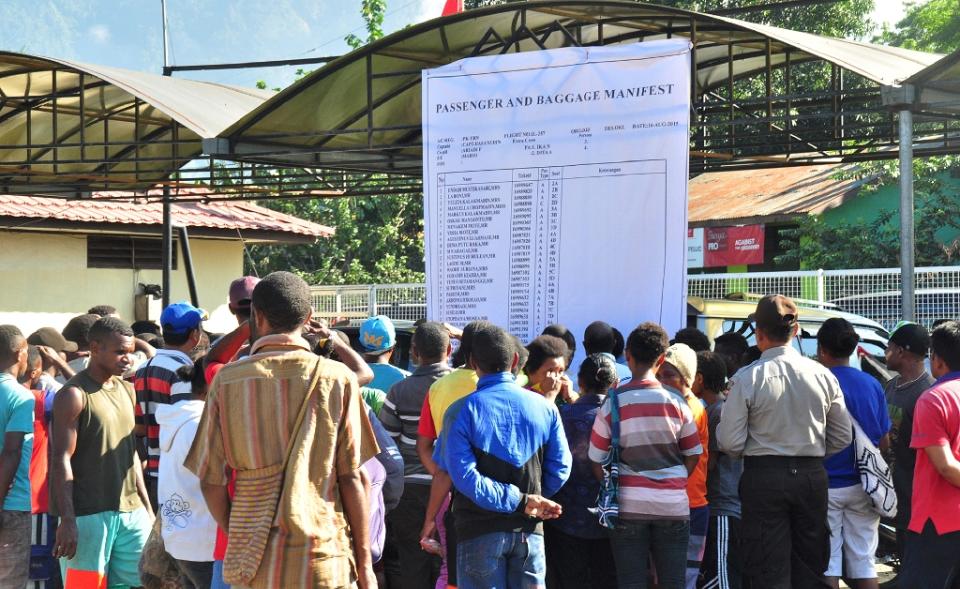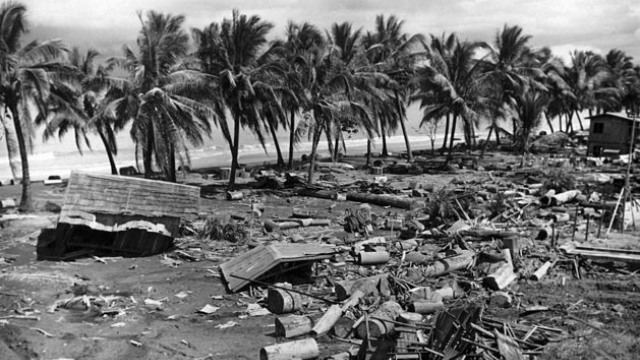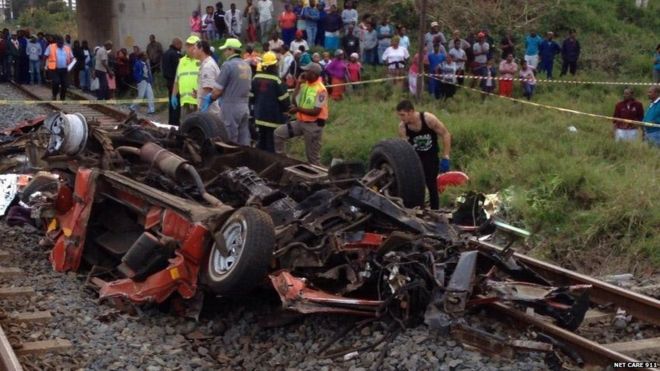
New efforts were underway in the occupied north yesterday to locate a mass grave thought to contain the bodies of dozens of Greek Cypriots missing since the Turkish invasion in July 1974.
This is the 12th attempt to locate the mass grave in question. The excavation is being carried out in the area of Trahonas in Nicosia.
“We started an excavation in a (Turkish) military area in a bid to locate a mass grave,” said Nestoras Nestoros, the Greek Cypriot member of the Committee on Missing Persons.
The case concerns Greek Cypriots killed in the Nicosia areas of Kaimakli, Trahonas, and Omorphita in July 1974.
In 1977, Turkey filed a document at the Council of Europe that around 200 bodies had been collected by Turkish Cypriot forces from those areas, loaded on trucks and taken to Ledra Palace hotel to be handed over to the Greek Cypriot side for burial.
But the bodies were not received and were eventually buried in a mass grave, the document claimed.
This has never been confirmed and the Turkish side has since revised the number downwards.
Nestoros said their information suggested between 40 and 45 Greek Cypriots were buried in the area.
Turkish Cypriot CMP member Gulden Plumer Kucuk said the excavation near the central prison started with the permission of the Turkish military.
Kucuk told BRT that around 40 to 50 Greek Cypriot fighters who died in separate areas in 1974 were gathered and an effort had been made to return them through the UN “however, the Greek Cypriot side rejected this” and the bodies were buried in the location.
Eleven previous attempts to find the grave did not yield any results.
But this time the CMP was optimistic.
Nestoros said there was testimony, which the Turkish Cypriots had looked into.
“The Turkish Cypriots intensified their efforts to see if there is something because we had always insisted on that area,” he said. “It is a huge area and we hope to find the location.”
The CMP employs a bi-communal forensic team of more than 60 Cypriot archeologists, anthropologists and geneticists, who conduct excavations throughout the island and anthropological analyses of remains.
Nicos Theodosiou, the Executive Secretary of the Committee of Relatives of Missing Persons, when asked by the Cyprus News Agency to comment on the development, also expressed hope for a successful outcome.
He said that the time that passes, makes the venture ever more difficult.
According to Theodosiou, the existence of witnesses at a burial site raises the chance for success. “In this case, the information coming from the other side indicates that there must have been witnesses during the burial, for them [the CMP] to be so optimistic,” he said.
He also said that only 30 per cent of the families of missing persons have received the identified remains of their loved ones. Tthe rest of the families were still waiting.
Theodosiou urged the Turkish Cypriot side to actively support the efforts to locate burial sites in line with the good will expressed by the Turkish Cypriot leader, Mustafa Akinci.
According to the CMP, to date, 1,508 Greek Cypriots and 493 Turkish Cypriots are on the missing list. At the end of last year, the number of identified remains of individuals returned to their families are: Greek Cypriots: 509 and Turkish Cypriots: 127, while 927 sites had been excavated. Another 35 people were identified in the first six months of this year.
It also emerged late last year that remains had been moved in the north to cover up mass executions. Around 280 of those identified to date were found buried in different places from where they had reportedly disappeared. The news was condemned in a European Parliament resolution last February that angered Turkey.
Tuesday 18 August 2015
http://cyprus-mail.com/2015/08/18/hopes-rise-in-bid-to-find-mass-grave/




